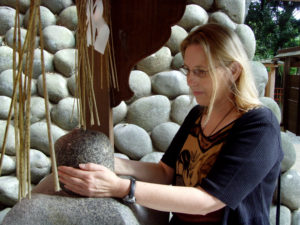
Your journal can become comforting, like a good friend.
Candess M. Campbell – 12 Weeks to Self-Healing: Transforming Pain through Energy Medicine
Many of us love to journal. The notebook that keeps our sacred thoughts becomes an extension of us. It becomes full of memories similar to the photos that we have stored for years.
Many of my clients had shared that they were resistant to journaling.…



